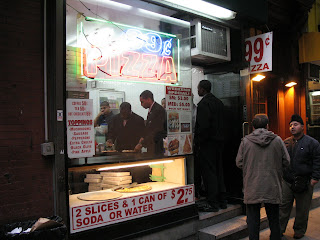Over the past few years, the various labs at Coke, Pepsi, Dr Pepper Snapple, P&G, and Unilever have been testing and learning about Stevia. Work that has been building to this week's announcements from all the bevcos that 2009 will see their first commercial uses of the ingredient.
The natural, non-nutrative sweetener has been a target for beverage companies ever since Clearly Canadian had their success destroyed by the advent of standard nutrition labelling (NLEA) back in the early 90s.
Stevia has been on the radar for a while. It had initial negative press due to a study that said the ingredient put holes into the rat livers. But since then the ingredient has become better understood, and (I guess) the rodents are healthier:
The ingredient itself is known to be tough to work with, and has a bitter aftertaste when used alone. Hence the initial Coke offerings (Sprite Green and an Odwalla flavor) also use some sugar. An interesting start that will allow TCCC to get some real world experience with commericalizing the ingredient at scale.
Within 24 hours both PEP and DPS also said that they would have stevia products in the market in 2009.
 So, the Billion Dollar question remains - can stevia end the slide of Carbonated Soft Drinks?
So, the Billion Dollar question remains - can stevia end the slide of Carbonated Soft Drinks?At the surface the argument could be made that stevia will make soft drinks healthier - removing consumer's biggest concern about their consumption.
But, my feeling is that consumers have now experienced a vast variety of taste in different forms and functions, and they like it. Stevia in a CSD cannot stop their decline. But it could slow the decline down...

Foods, Fluids and Beyond Blog by Neil Kimberley at www.foodsfluidsand beyond.com is licensed under a Creative Commons Attribution 3.0 United States License.





















